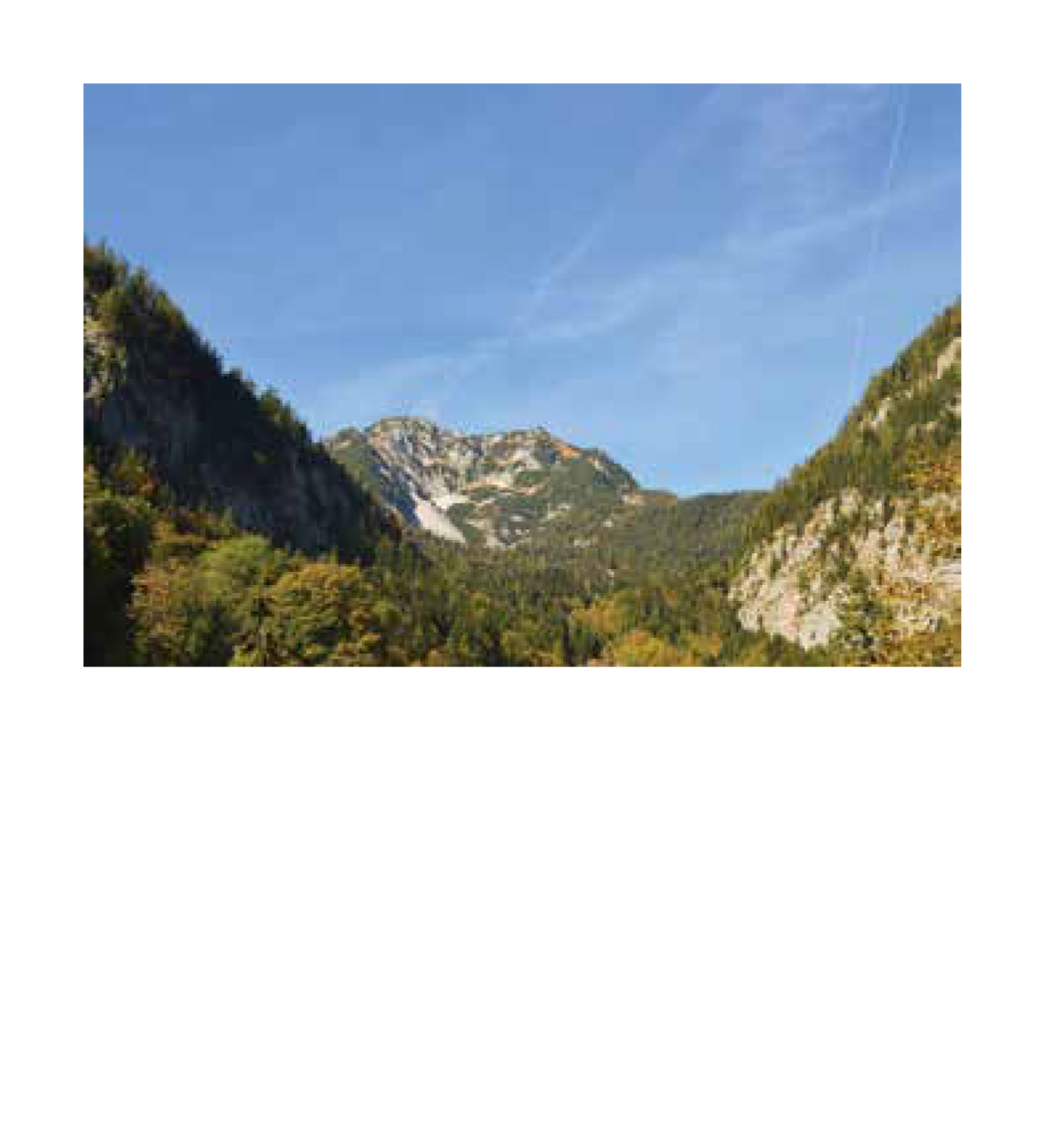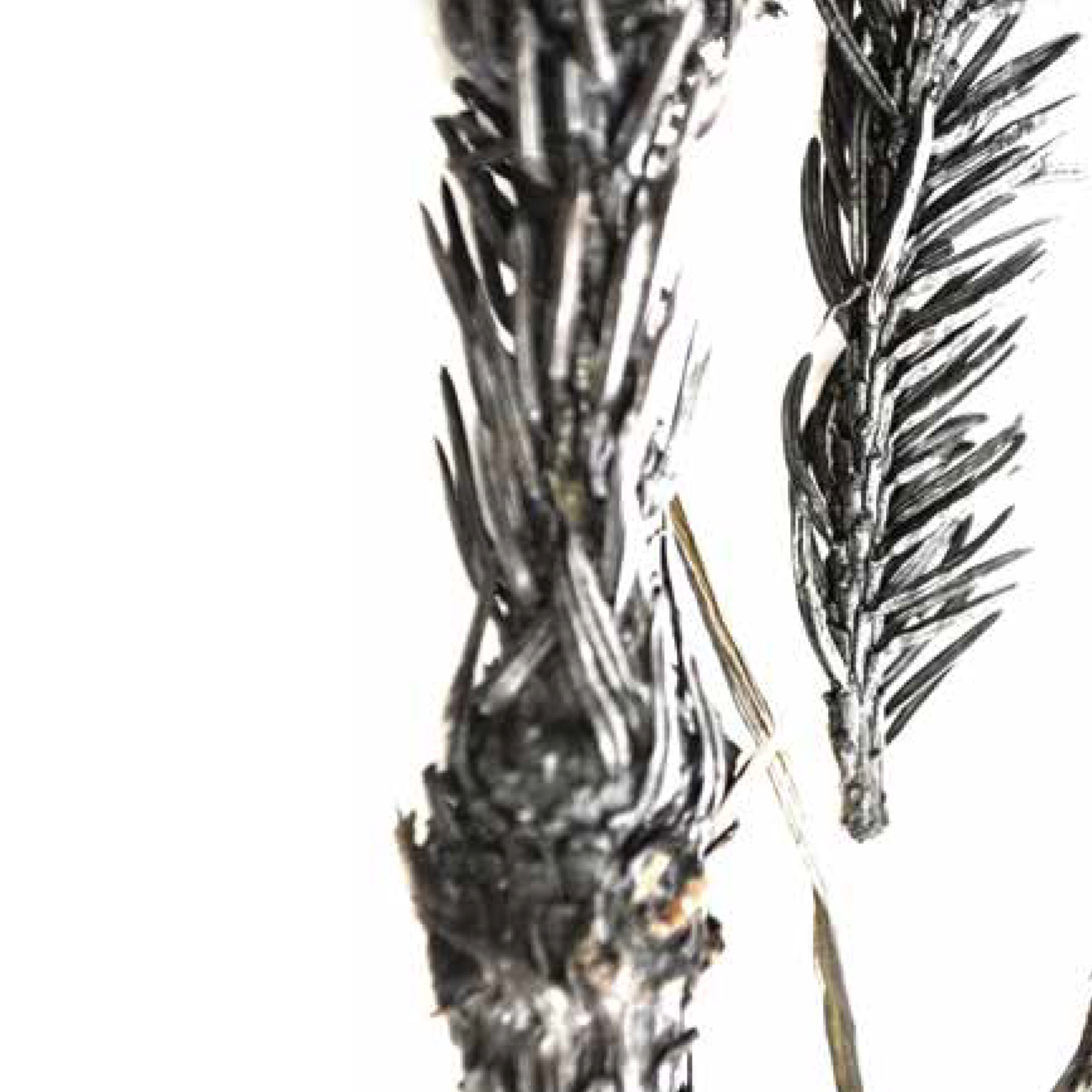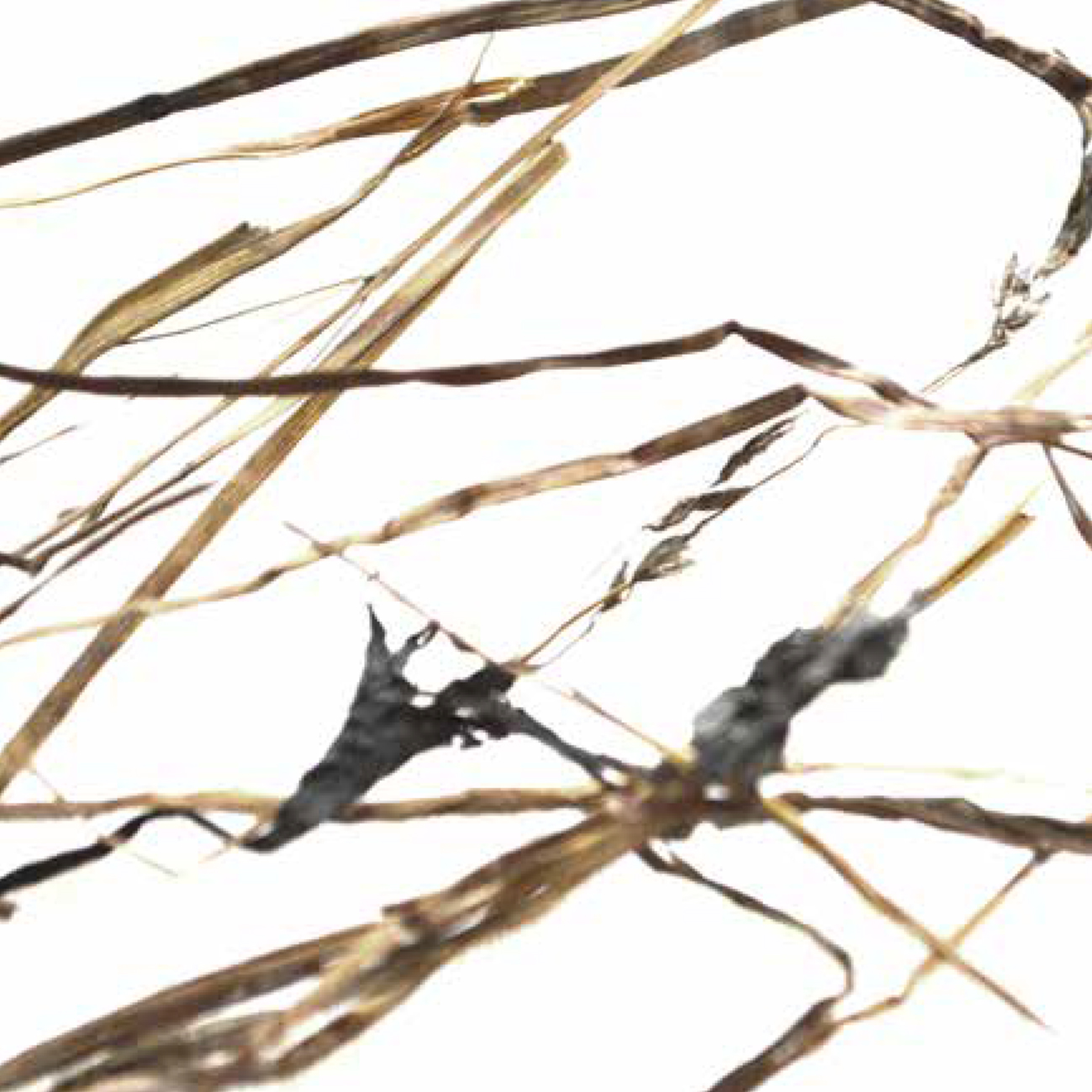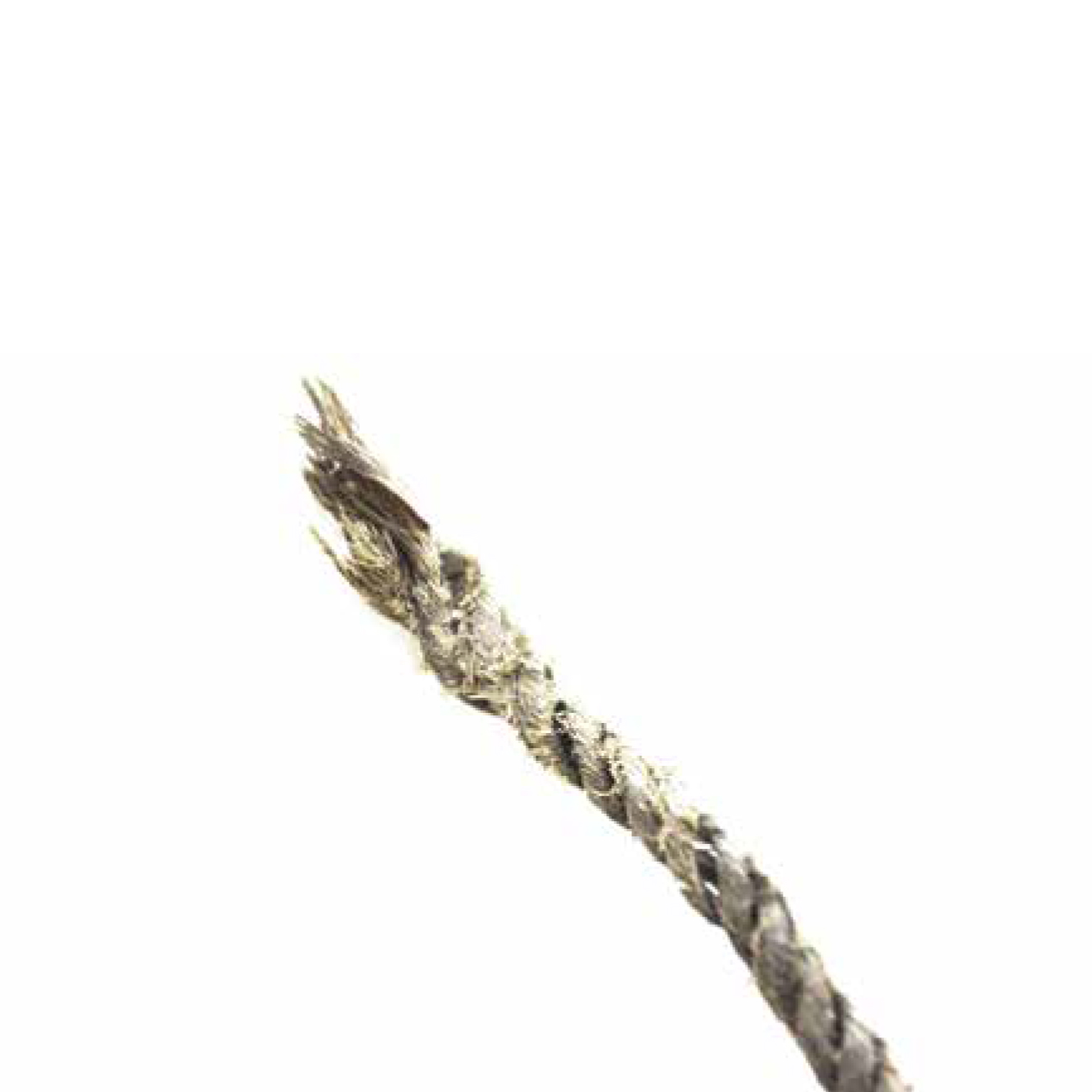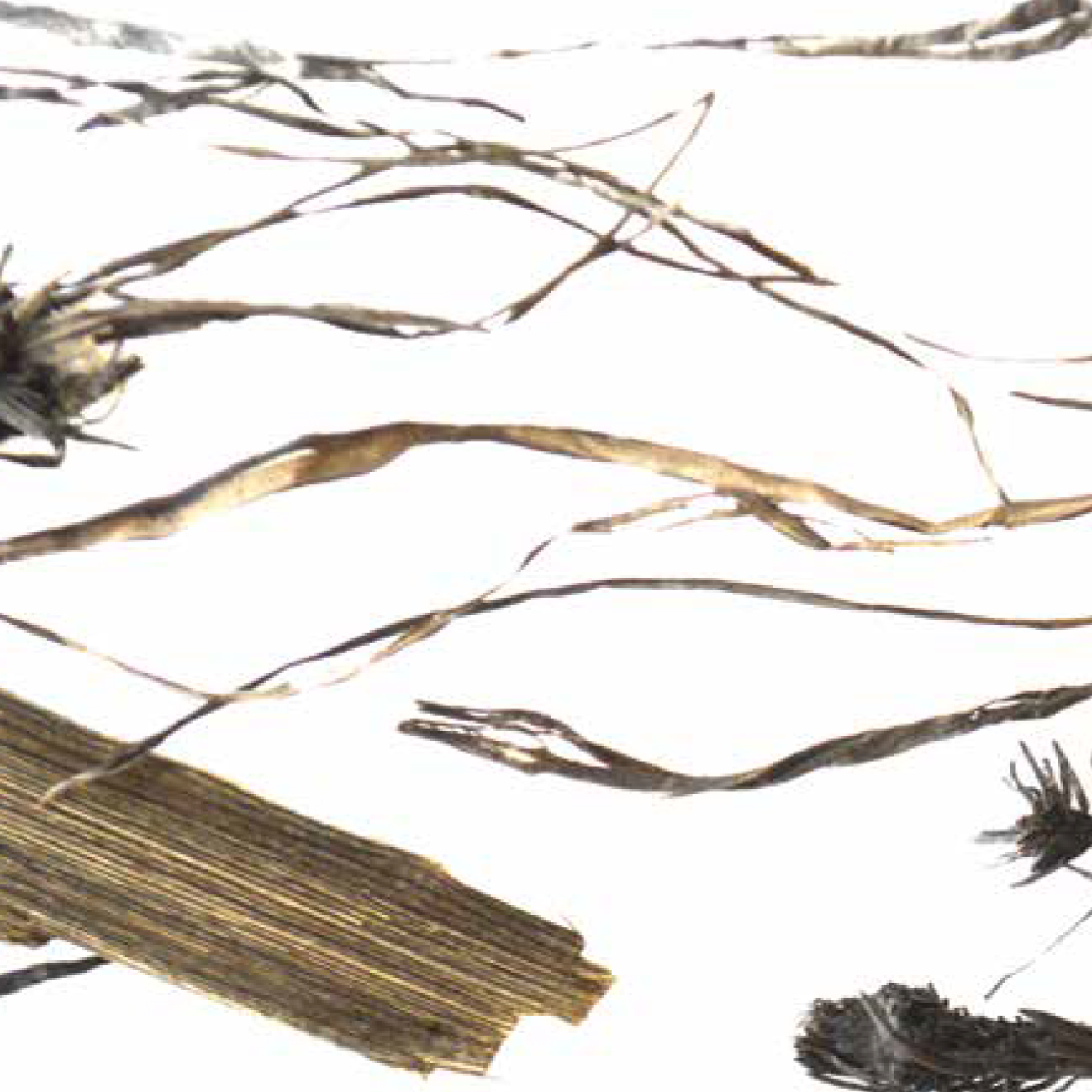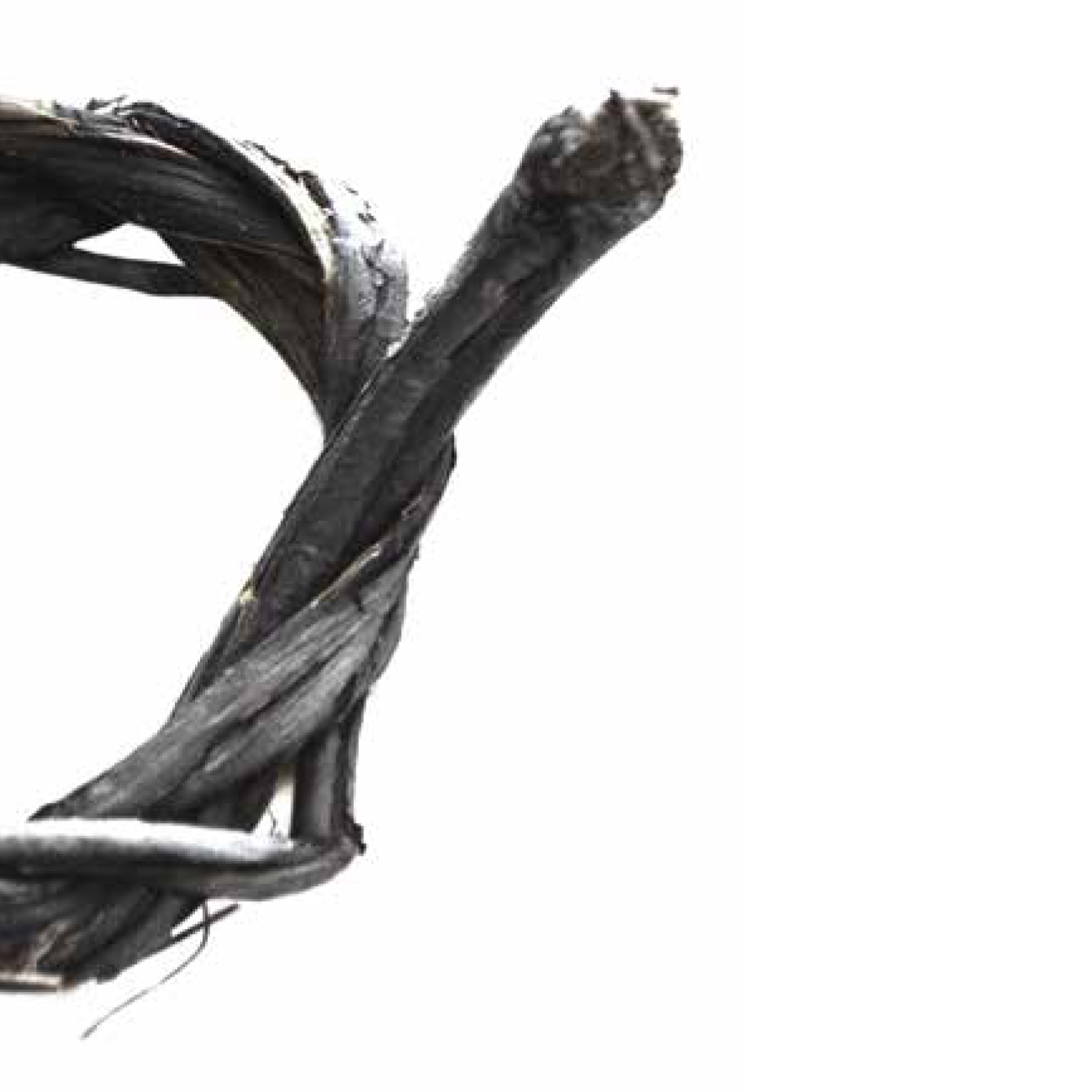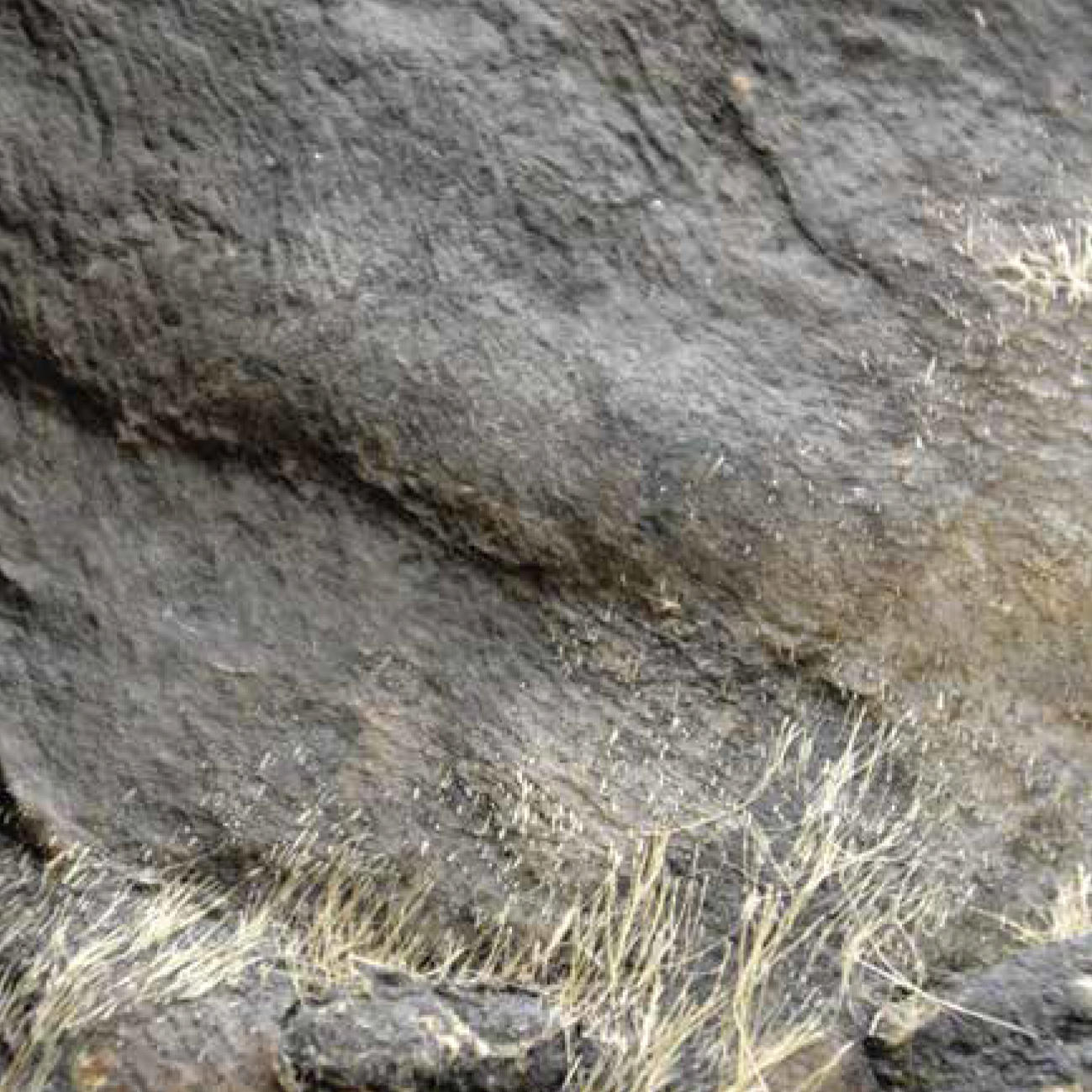The idyllic, picturesque landscape in the mist: a mountain village located on the shores of Lake Hallstatt, steep roads meandering around the mountain, forests, rocks… A sublime landscape. Its geological formation dates back roughly 250 million years. Once upon a time a thick layer of salt was formed and a bay was cut out from the land by the ocean; by a shallow (bar) created by the seabed rising or dropping in an arid climate [1].
The geological tectonics were not the only force that was shaped the landscape. “You look at 7000 years of industry, but you see nothing!” says Hans Reschreiter [2], while we are looking at the side of the mountain, before entering the prehistoric Alpine salt mine.
Since the 1960’s the Natural History Museum in Vienna dedicated a large part of its systematic research to the prehistoric salt mines of Hallstatt culture. The first traces of the uninterrupted excavations date to the Neolithic period. Today the salt deposits – the white gold of the primordial ocean – are managed and mined by the Salinen Austria AG company, one of the leading salt producers in Europe.
We are walking one behind the other, through narrow dark corridors wide enough for only one person to fit into. We wander through prehistoric layers of mine waste – burnt torches, broken tools, textiles, production devices, used ropes, all mixed with salt [3] and waste rock – sometimes reaching over 5 m. One can clearly see the walking horizon of that time, the last layer of the waste on which prehistoric man had been standing before a landslide destroyed the mine. Over time, the pressure from the mountain re-closed cavities and all materials left behind were enclosed within it.
The findings and the complex prehistoric, underground, industrial architecture go through processes of identification, preservation and interpretation on the site or in the Natural History Museum.
During the ongoing artistic research, geometric engravings found on the archeological findings are extruded from their natural habitat, and are being identified as another tool of the Hallstatt civilisation — signs of a non-codified knowledge, an unfamiliar language that is being speculatively interpreted.
—
[1] Look at “bar theory” of the geologist Carl Ochsenius from 1877.
[2] Mag. Hans Reschreiter is a leading researcher of the Bronze and the Iron Age Hallstatt culture at the Department of Prehistory, Natural History Museum, Vienna, Austria
[3] Due to the salt, all discarded organic materials have been preserved in a near perfect condition.
